The radical E-R9 concept is Lotus’ vision of what endurance racing cars could look like in 2030.
Styled by Evija hypercar designer Russell Carr, it features an aircraft-inspired cockpit in a sweeping delta-wing body and would be “partly driven like a car and partly flown like a fighter jet”.
The E-R9 (E-R for ‘endurance racer’ and 9 in tribute to the British brand’s first Le Mans racer), is the work of the Lotus Engineering consultancy arm and showcases features and tech that could appear on future competition cars.
It’s a virtual design study for now, but chief aerodynamicist Richard Hill said the concept “incorporates technologies which we fully expect to develop and be practical”.
The E-R9’s aerodynamic efficiency is optimised by the use of ‘morphing’ body panels that expand on the concept of active aerodynamics, with the ability to effectively change the shape of the car to suit the driving situation.
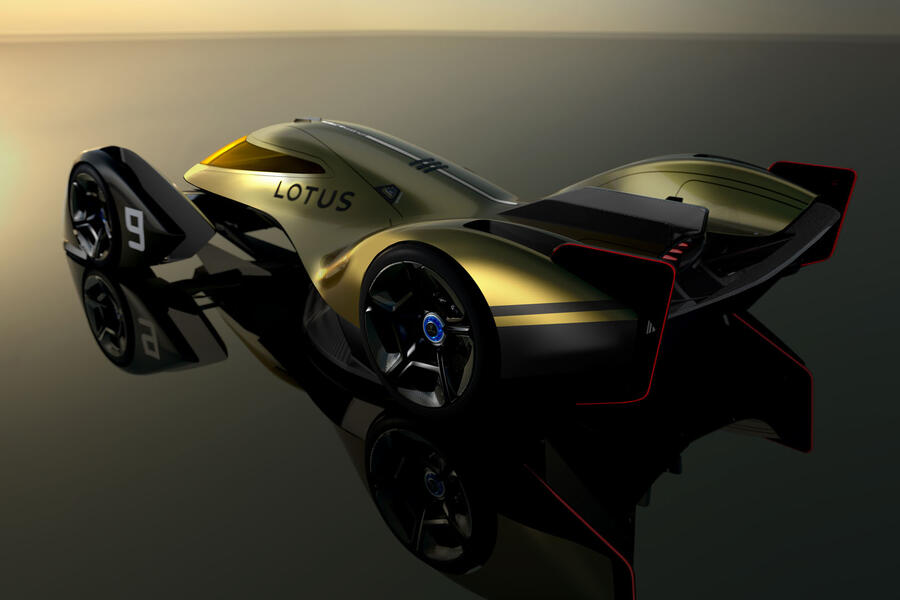
The functionality can be activated “at the press of a button” or automatically deployed according to data from in-built airflow sensors.
Lotus claims the racer’s shape-shifting capabilities allow for “minimum drag on the straights and maximum downforce in the corners,” adding that vertical control surfaces at the rear – similar to aircraft ailerons – help it to change direction more quickly.
Lotus hasn’t given detailed specifications of what lies beneath the unique bodywork, but we do know that the E-R9 follows the 2000bhp Evija in featuring a high-output electric motor at each wheel to provide optimal traction and torque-vectoring functionality. Lotus added that the E-R9’s powertrain would be “fully adjustable on the move”.

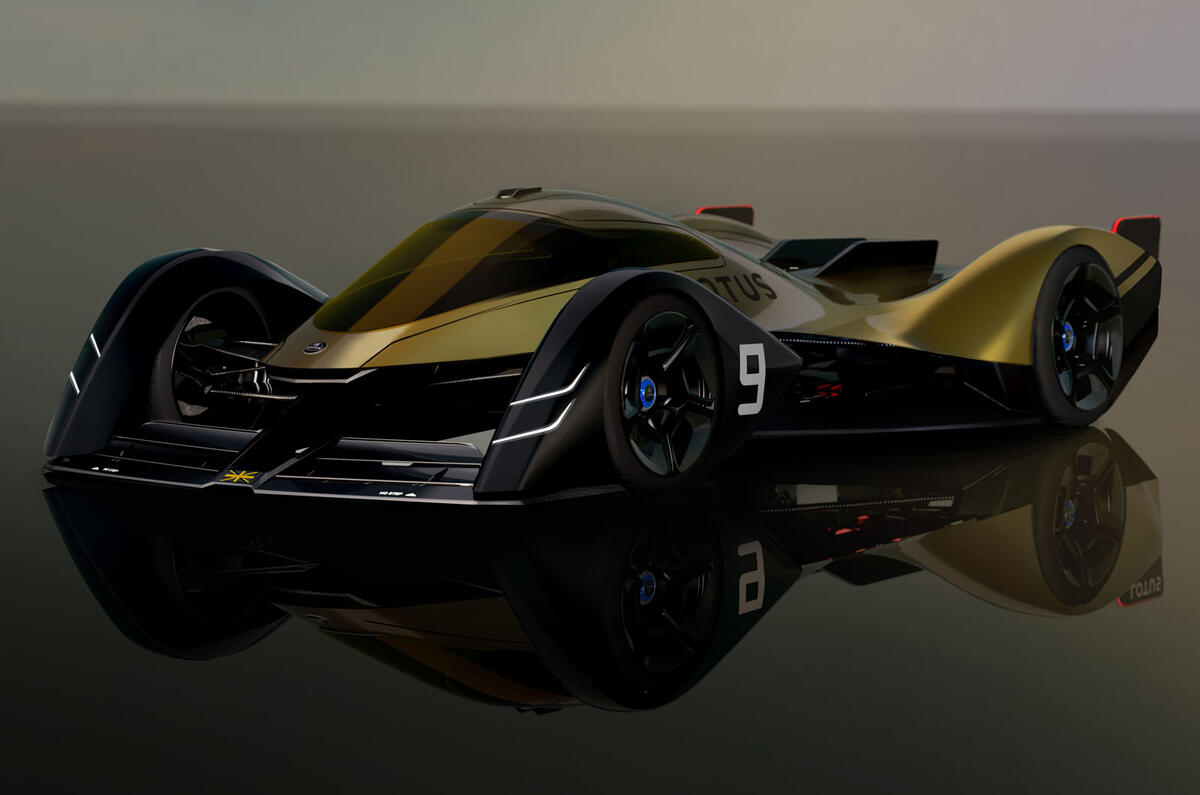
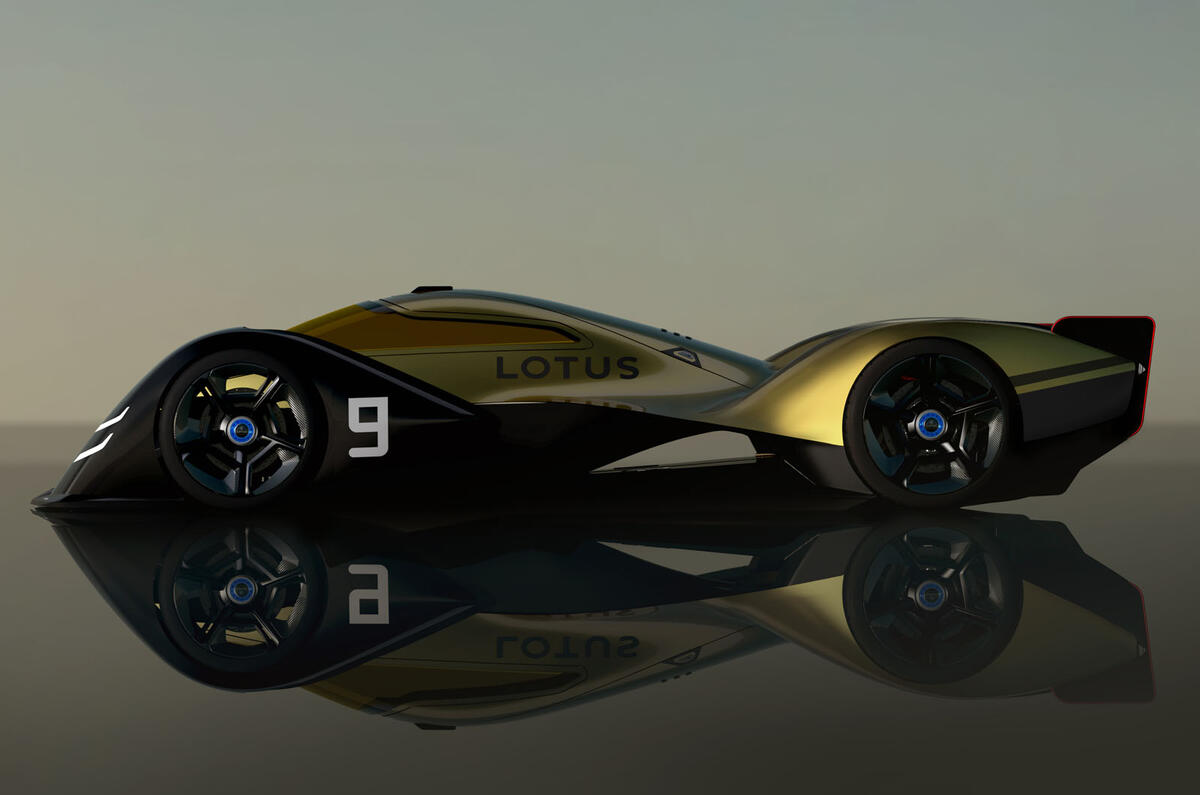
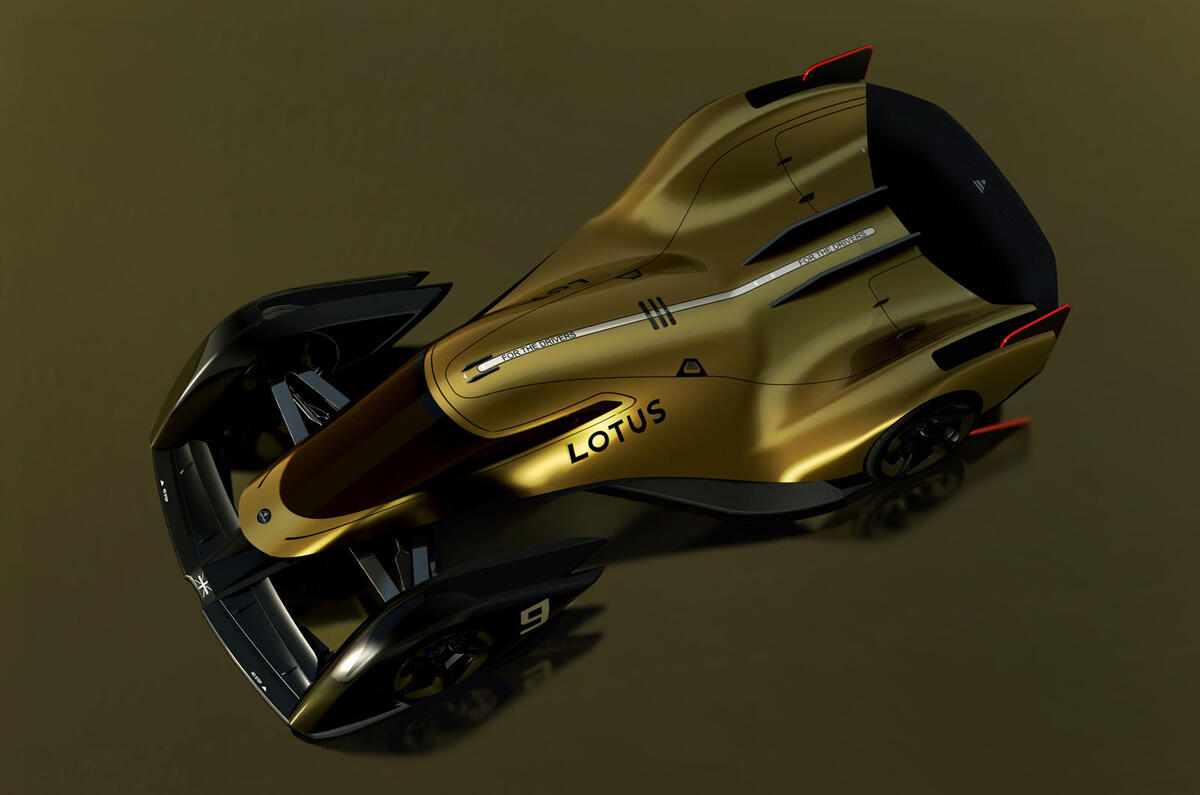

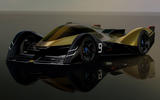
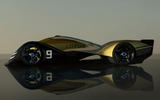

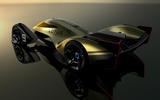

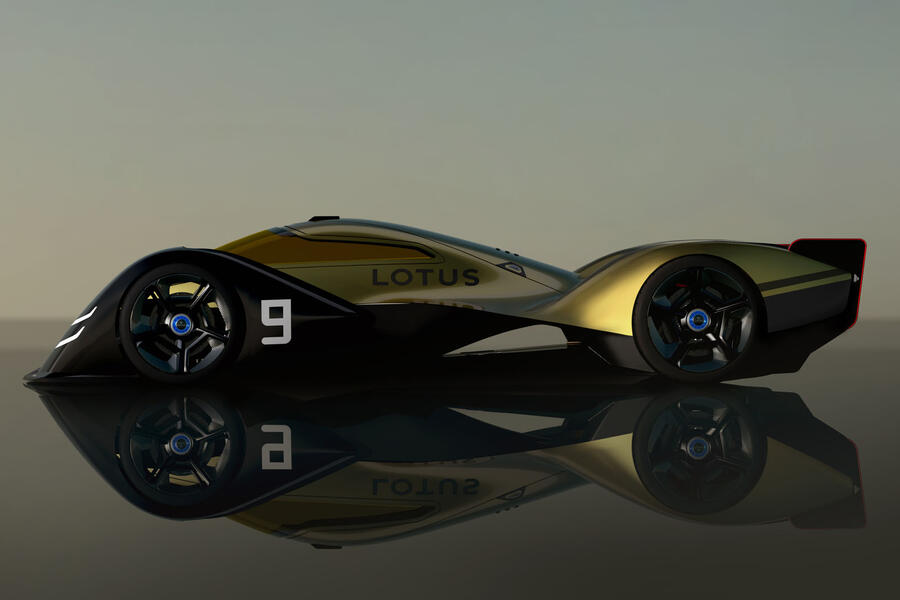





Join the debate
Add your comment
Sounds amazing,but I think the stumbling block is the human bit, will a driver be able to keep up with a car that just about drives itself?
Absolutely, just have to look at the adaption of fighter pilots and fighter jets.
Man and machine can absolutely work in tandem.
Would you honestly watch a roborace?
The human element is the single interesting part of racing. As evidenced by Formula 1 becoming infinitely more boring since the main difference between teams is the car.
Was hugely more interesting when drivers could improve a car's performance by seconds per lap.